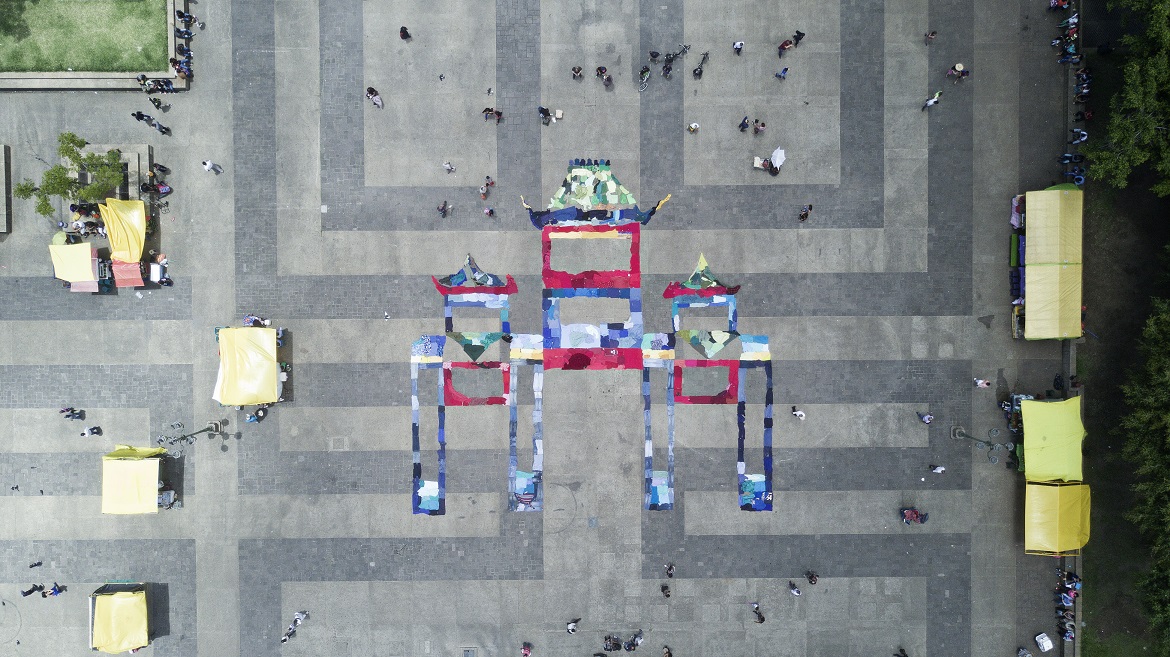Ideas Without Action Are Nonsense
04/23/2022
Esvin Alarcón Lam (Guatemala, 1988) is an artist whose work revolves around critical thinking about historical and political relations in dialogue with the displacements of people and materials. His projects involve different media such as sculpture, installation, photography, painting, sound, video, and performance. For the last three years, he has been running the independent artist residency Pagoda Imaginaria, in-tending to provide a space and infrastructure for diverse artistic projects in Guatemala City. From there, he shares reflections on his processes, detours, and methodologies.

Education
Training
Being an artist is a choice. I remember it was during my college years when a teacher warned me about how impoverished the working world can be — I am talking about the world of bureaucracy and its never-ending staircases. That warning helped me decide that my job would be being an artist, as this was a challenge for me. It is worth mentioning that, at a young age, one does not know the financial stress and all the responsibilities of adult life (at least if one is lucky and privileged enough).
My practice is born and nurtured from the discomfort and non-conformity of being a person. To be an artist, you must first be a person. Therefore, my work is related to many layers of everyday life, such as duration, the movement of people, and the dis-placement of human and non-human entities. In addition, everything is crossed by contradictions of this complex world: sexual dissidence, migration and family processes, history and its materialization, the transformation of society, among others.
Teaching
I understand that art is a form of communicative action, and in that process, there is an important space for generating critical thinking. I mean, I do not believe that art changes things by itself, but it allows us to have much-needed discussions — which are not only about problems. It also allows us to develop sensibilities, and sensibility is a cognitive tool.
In Guatemala, there is an educator called Esperanza de León, whose talent for transmitting her artistic knowledge to students is ultimately a form of artistic practice. Sometimes we have an elitist conception of art, and in that narrative, an artist is a person who generates surplus value through the production of collectible objects with an aesthetic value. This is why the concept of ‘artistic practice’ is pertinent, as it breaks with the conservative logic and allows us to understand that art is something that is made (whether collectible or not), and not necessarily something that is consumed.
Learning
Perhaps this might come off as pretentious, but it is not the intention: Guatemala is a traditional place because it is a conservative society, but as a space to experiment and learn, it is a very non-traditional place. Here, most of us artists do not study arts, and broadly, this is because even if we did go to local schools, it is as if we did not have an artistic education, because it is very precarious and focused on manual skills. But at the same time, there is a very potent richness of thought. This contradiction gives rise to a lot of experimentation because there is a hunger to experience the world, and also because, all in all, Guatemala has a heritage of several cultures with complex wisdom — some were already here, others arrived along with the tides of history. Guatemala confronts you with the worst of human beings because it is an infuriating country. If you learn to navigate it, you can navigate the world — or so I like to think.
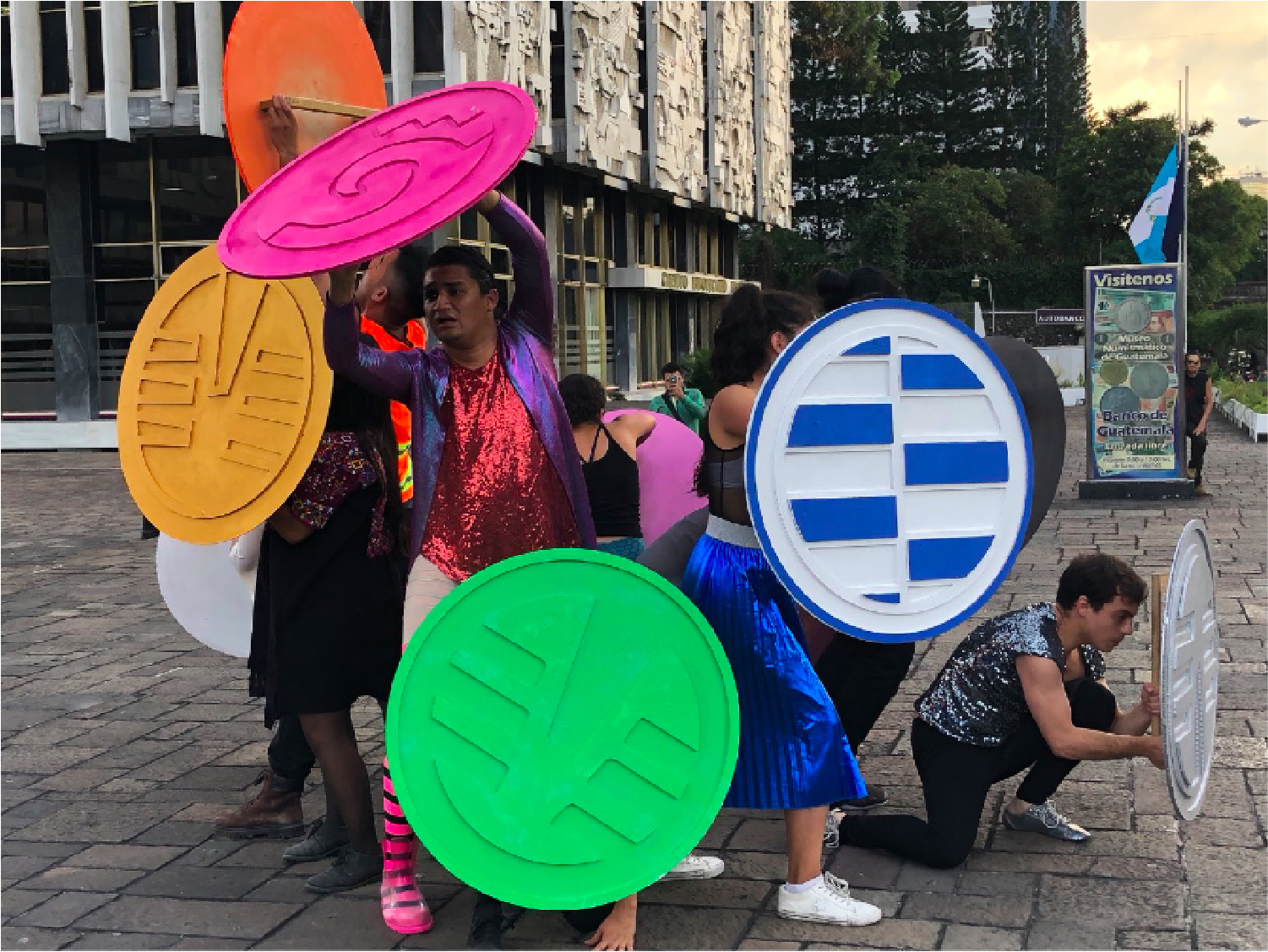

There are also artists who studied abroad in international schools, who are often, though not always, the most ignorant ones because what in England or Barcelona is a relevant topic, in a country like Guatemala, it may not be. In a complex social context, such as the Guatemalan one, reality has other specificities, which cannot always be learned or grasped from Western schools. I am not defending an anti-scientific position, I am offering a perspective from my experience in Guatemala, where I have seen many people with academic degrees but without situated experience — which is, paradoxically, very frustrating for them because formal education, like any system, also creates its own fictions. Of course, if a Eurocentric person reads what I am stating here, they might find it stupid.
Personally, a work that made an early impression on me was Thomas Hirschhorn's book Establishing a Critical Corpus. His idea that artistic work can constitute a critical corpus interested me. Also, the way he proposed the idea of precariousness to reflect on contemporary problems was an inescapable stimulus, because it went beyond the logic of pornographic misery. Now that I think about it, the independent artistic residency project that I started over 3 years ago using the open rooftops of buildings, called Pagoda Imaginaria, is linked to the possibility of thinking, from our contexts and possibilities, other ways of relating to the world.
Processes
Beginnings
Every idea comes from the courage to question things. And these questions arise while living life when something affects us and prompts us to act. Ideas without action are nonsense.
That is actually how Pagoda Imaginaria was born, because ideas need space and infrastructure. That is also why it is so hard for projects of creation and thought to permeate further into society in Guatemala. We live in an institutional precariousness, in a State captured by mafias. In the face of this scorched scenario, ideas can change the world. Thinking has the mission of discomforting when things are not well or are not fair. As Cecilia Vicuña says: your rage is your gold.
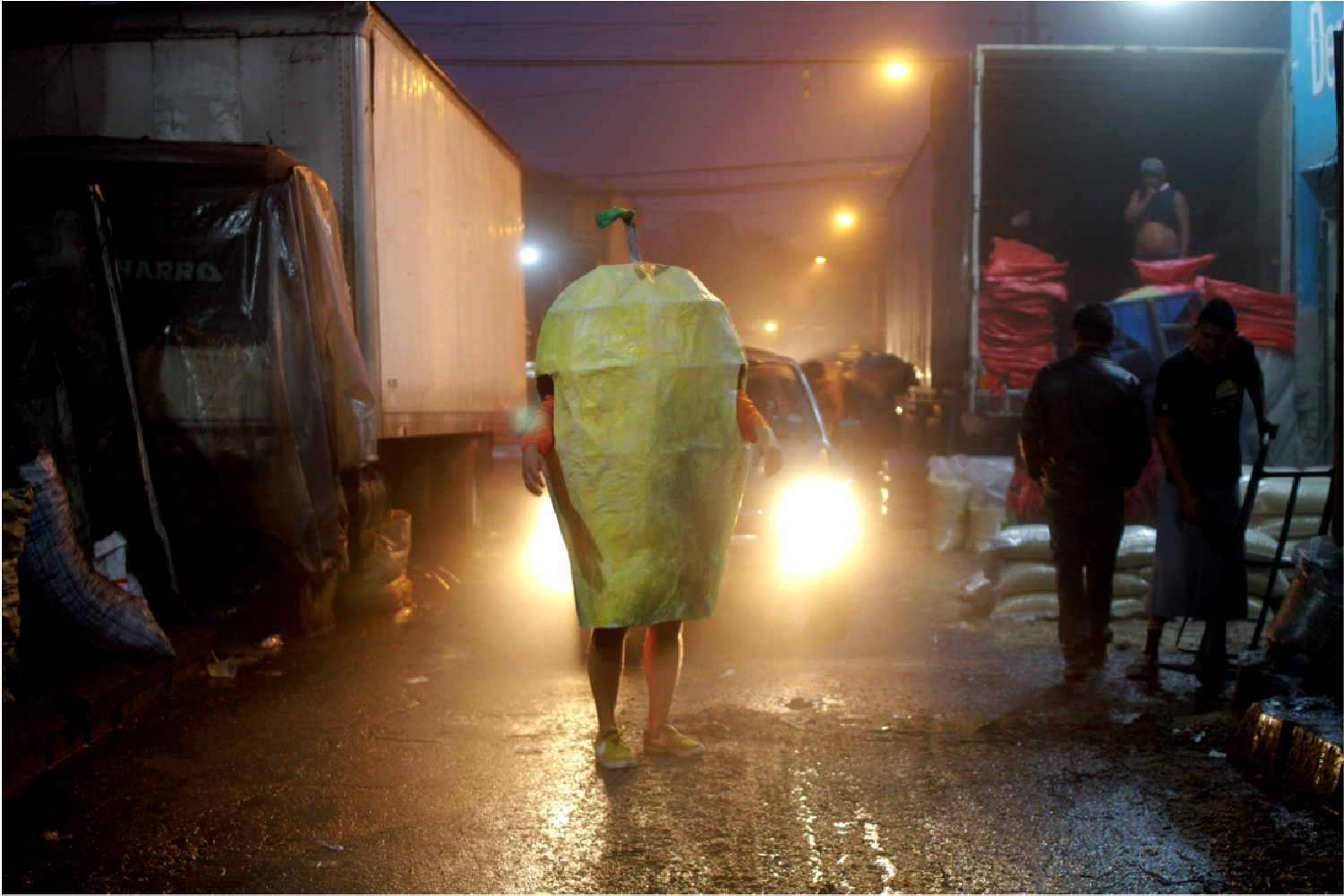
Questions
Doubt, error and intuition are precisely the pipes through which an artistic project breathes. By this, I mean that the works are literally the materialization (or dematerialization) of them.
What we call error is only part of the process. Although in the world we live in, we must know how to conclude an artistic process, being able to transmit what we want to say without losing our voice, because our work is also part of who we are, and that must be in there somehow.
I do not know how my processes have changed over time, but I am sure they are not the same. Maybe now I give myself more permission to be wrong because I am a little surer of what I am doing. Or in other words, I am less concerned about being sure of what I am doing and more interested in doing it.
Strategies
I talk a lot. I talk to my friend and to key people in my processes. I get excited about my projects and that leads me in different directions, in which intuition is a conscious and consistent method. I also submit my ideas to criticism and consult with people close to the art world, such as curators, artists, teachers, etc. Although I usually always consult my mother first, after all, she took me to my first painting lessons when I was still a child.
Consulting references, such as literature and images, is essential. It is always worth asking who else has walked the path of doubts like the ones I am experiencing, so I know that I am not alone in this search; but also because one seeks to contribute something new, however minuscule it may be.
I believe the dilemma lies in having methodological processes while working without a set formula. Fortunately, research allows the use of creativity and to risk expanding the limits imposed on us by daily life, the economy, institutions, social norms, among others, precisely to transgress them. My method is not getting too comfortable.
Procedures
Sometimes ideas come in fragments. Something basic is to have notebooks and sketchbooks at hand to doodle and outline things. You see, it is not that a whole project occurs to you while brushing your teeth, but images that connect with some pend-ing project can appear and you need that record to try to tie up the loose ends later on. This is how a project takes shape.
Now, if it is something performative or sculptural, after envisioning the idea and hopefully consulting some bibliographical references, one must get to it and start experimenting with the non-verbal, with the kinesthetic, with what is merely spatial or even formal. For me, it is valid and even desirable to make up exercises or methods as a kind of trial and error. In an artistic project, you can go from inductive to deductive or vice versa; it is like anything in life.
Sometimes I also write. And other times, the procedure gets nowhere, but it is worth remembering that saying nothing may be necessary on some occasions.
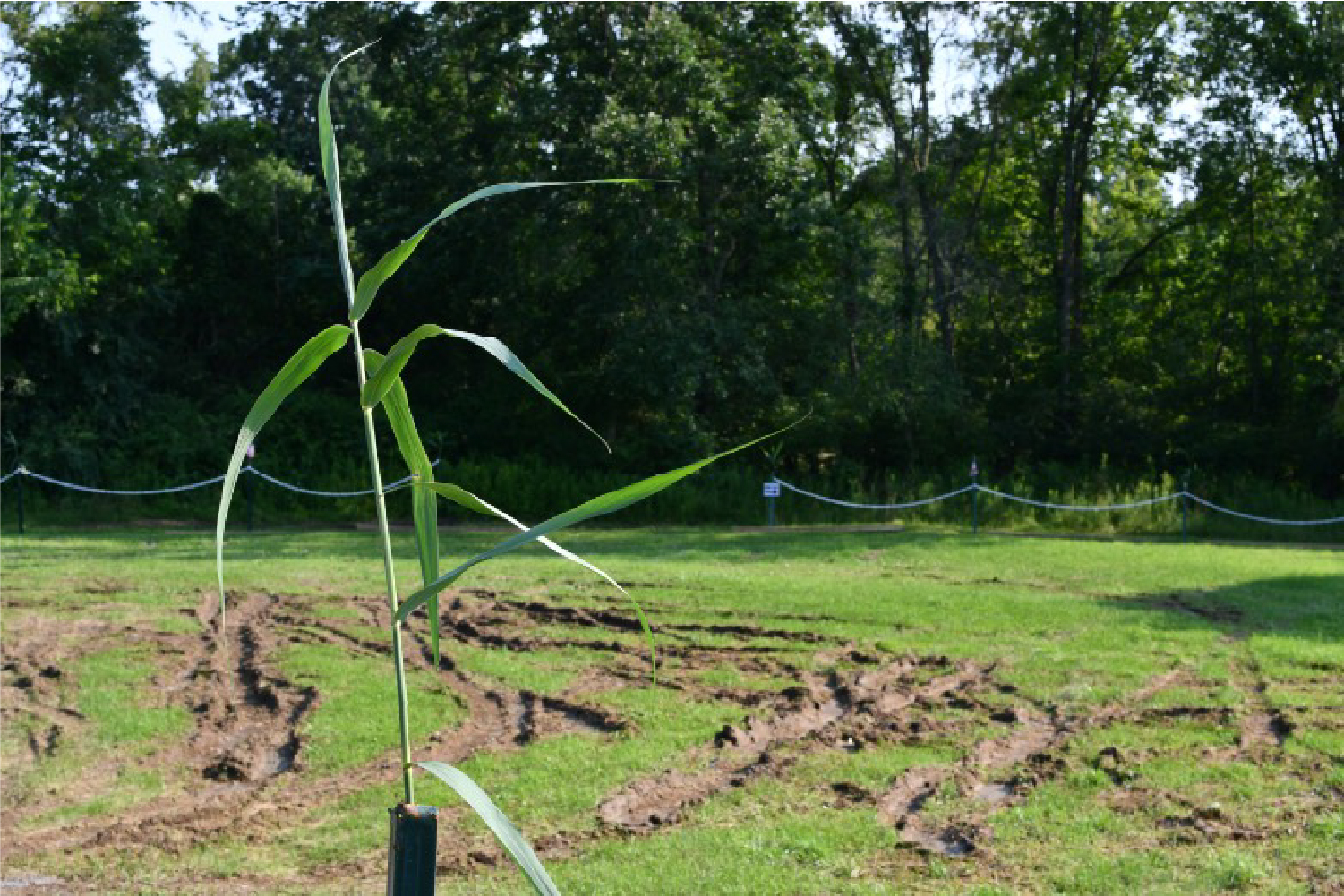

Dialogues
If there is one thing that is clear to us today, it is that no project is born from a single person. It involves many people: from the person with the best technical knowledge and whom I need to carry out the project — whether as a consultant or somebody I hire specifically to carry out a part of the project for which I am not good — to a critical interlocutor who helps to refine an idea. For example, even the hyperrealist painter who measures his pulse with sheer technique also needs the framing company to add that baroque touch to his out-of-time painting. This is shared and collective knowledge. It is the paradigm of authorship that is in crisis.
Projects
In Progress
I am working on sorting out my studio. I need to view several of my projects as a whole, which due to the fragmentation caused by exhibiting them in different countries, I never get to see them physically in the same place. And from there, being able to think, to make my own criticism.
Among the above, there is also completing some unfinished projects, such as some drawings that I left halfway done when my residency in Saudi Arabia ended. The same thing happened when I went to the Art Omi residency; there were works that I started but could not finish. Both projects relate to the land, to the history of migrations and colonial dispossession, in the sense that the histories of cardamom and bamboo are linked to orientalist concepts between Latin America and Asia. I have expressed this concern in several previous projects, only that now they have botanical expeditions as a shared aspect. This is an interest that I was able to investigate broadly during the pandemic because I had time to read some books that I came across, which were supported by the USDA and other Western forces.
Also in progress is The Sovereignty of Mangoes project, which, incidentally, is being developed by invitation from La Escuela___, in collaboration with other talented and generous professionals in Venezuela. In this project, we will focus on the tropical imaginary through the action of picking mangoes in public spaces as an emotional symbol in a city as modernist as Caracas. We will reflect on public spaces, food sovereignty, heritage, and youth.
In Retrospect
The projects that result in the biggest lessons in humility are the ones made outside your country. I bring this up because, even though in social networks everything is bombastic around the supposedly heroic fact of exhibiting your work internationally, it is in these experiences outside our studio and our circle of friends that the character and strength of the ideas and emotions that move our practice are put to the test.
Each project involves a myriad of skills and competencies. Sometimes I see artists with good ideas but lacking production experience, and without those skills, projects are destined to fail. That is why it is good to have experienced friends around; and asking for help is healthy.
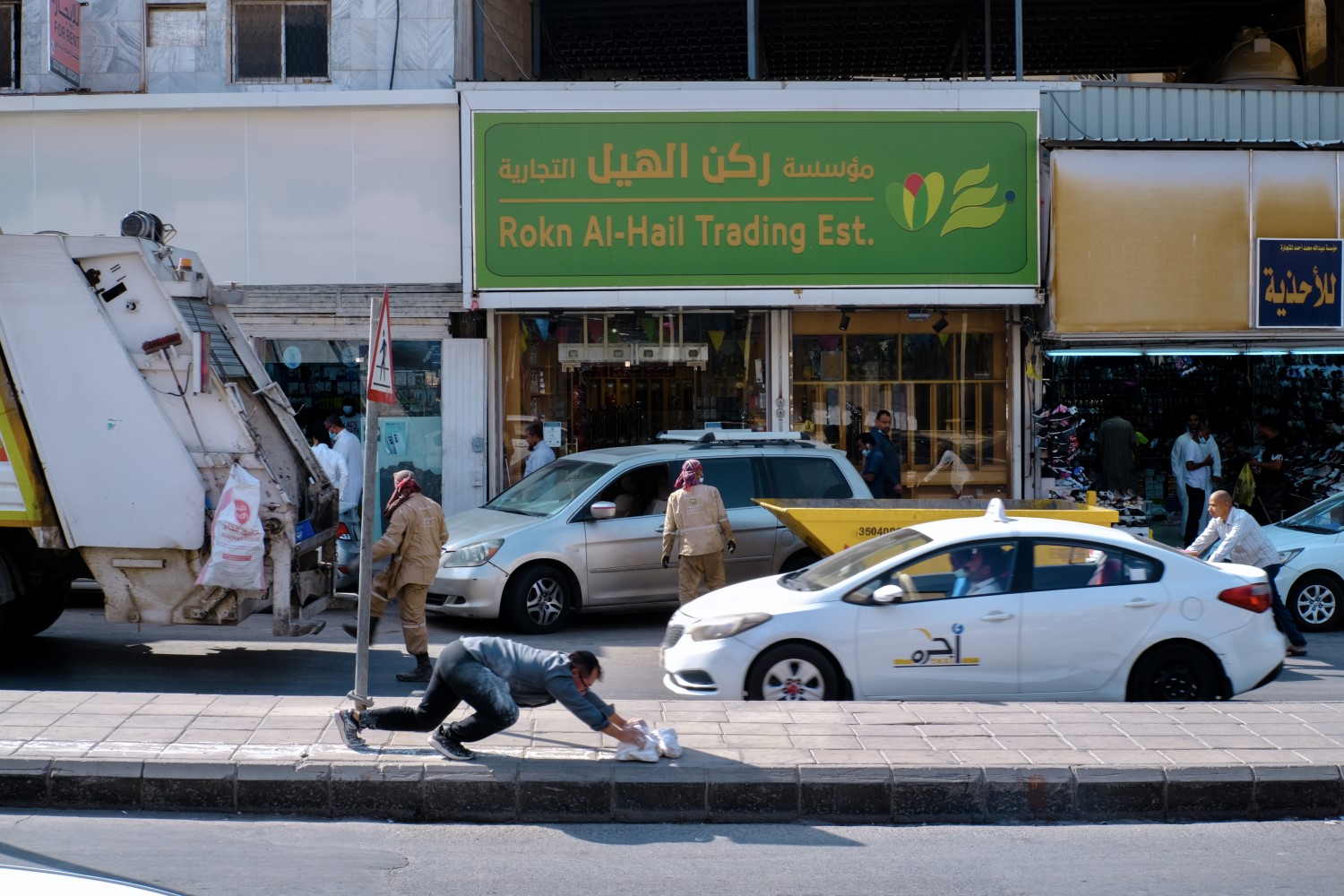
Contexts
Someone once told me — I believe with ill intentions — that the good thing about my practice is that I have no identity and adapt to wherever I go. As if saying that re-searching on-site was a mistake or a lack of ethics. At this point, I consider it quite important to know where one is and from where one speaks.
Porosity, this quality of pores that allows them to permeate is — at least for me — a desirable trait. Because it is as if the whole body could listen, as if each pore absorbed a little of what touches the skin; in that friction, there is a vital exchange. This variability is influenced by the fact that I am not a nationalist and see no need to have a national style — as happens with Brazilians and their neo-concrete heritage, for example. Be-sides, being contemporary also means experiencing alienation at some point; to reverse it, you need to face it. In my case, researching the different histories and counterpoints of the relationships that cross my body is relevant as a life project.
The ambivalence and dialectics between the public and private spheres are precisely what shape and deform us, and at those intersections hide secrets whose subjective potential can enrich a given context. The challenge remains in how to break the damned inertia.
